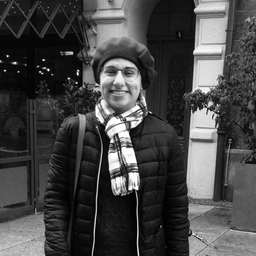Repurposing Kom El-Dikka’s water reservoirs
Mon statut pour la session
Quoi:
Paper
Quand:
14:30, Lundi 29 Août 2022
(20 minutes)
Où:
UQAM, pavillon J.-A. De Sève (DS)
- DS-R525
The Egyptian port city of Alexandria encompasses a range of sites, structures, and landscapes that bear out to industrial patterns. Supply of water had always been a fundamental concern during the subsequent development of the city. It developed over a significant infrastructure of underground aqueducts, cisterns, and water reservoirs that contributed to the existence of Alexandria from the town's birth until the early 20th century. However, Standing water storages are exposed to the processes of decay over time. They are generally at risk for adverse perceptions, and lack of maintenance and recognition.
Nevertheless, expanding the life‐cycle of industrial living heritage can play major roles in urban regeneration, strengthening urban character, and supporting long-term future. Adaptive reuse has the potential to add value by being part of an effective redevelopment plan for a wider context. It generates opportunities to preserve historic characteristics and sustain economic and social needs for upcoming generations. Accordingly, heritage assets ought to be considered in managing the sustainable use of Alexandria’s industrial heritage settings.
Hence, this paper illustrates that the distinctive historical water tanks of Kom El-Dikka will be requalified by respecting the recommendations of “The Dublin principles”. The research follows the Charter’s standards in adapting the industrial site. The water reservoirs are located on a manmade mound at the heart of the historic city centre of Alexandria. The first tank was built 1850 and operated from the second half of the 19th century until the middle of the 20th century, and it was left empty without use till today. Whereas the second tank was constructed in the 1950s and is still functioning, its heritage significance is not renowned. Therefore, this study proposes a cohesive strategy through the functional and symbolic requalification of the unique structures in a manner that guarantees compatibility with their surroundings, safeguarding of heritage values, and contribution to social and economic development.
